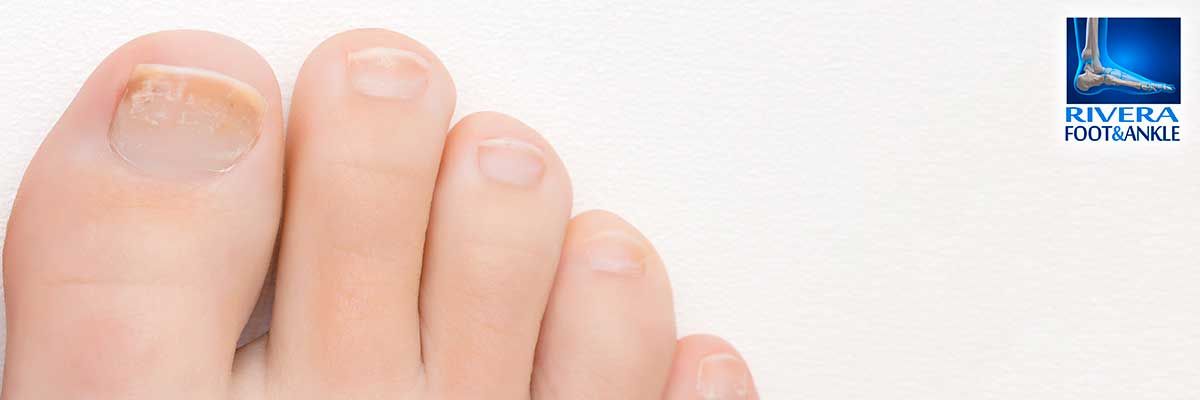
Podiatrist Houston
Discolored Toenails: Causes and treatment
Looking down at your toes, you notice that one, or a few, are looking a bit off-color. Whether green, black, or brown, this unsightly scene is enough to ask yourself: Is this discoloration normal? Should I be worried?
Find out what can cause nail discoloration and when you should talk to a doctor.
Causes of Nail Discoloration
Toenails can change color for different reasons; some are more treatable than others. Before you can treat a discolored toenail, you have to know the cause. Common causes of nail discoloration include:
Fungal infection of the nails
Dirt, poor hygiene, and living in a humid area are all causes of a fungal infection in your toenails. Fungal toenail infections can cause discoloration, making your nail appear any of these colors:
- Yellow
- Red-brown
- Green
- Black
If a fungal infection is causing your nail discoloration, you may have success treating it with an over-the-counter antifungal cream.
Medical conditions that cause discolored nails
Certain medical conditions, such as diabetes, poor circulation, or a heart or lung disease, can cause your toenails to change color. Talk to your doctor about any existing conditions you have that could affect the color of your nails.
Nail injury
If you play sports, run on a regular basis, or participate in an activity that causes trauma to your feet, your toenails may develop white spots. If the trauma is severe enough, your nail can turn black from damage to the blood vessels and, in time, fall off.
Nail discoloration and age
As you age, your toenails, as well as your fingernails, may begin to turn a light shade of yellow. Nail discoloration is a normal part of the aging process.
Yellow nail syndrome
Yellow nail syndrome is a very rare condition. Often associated with lymphedema, it can occur during cancer treatment.
What You Can Do About Discolored Toenails
If you develop toenail fungus, you can treat the infection with an antifungal cream or an oral medication. For other causes of toenail discoloration, make sure your feet are well protected and avoid walking barefoot to prevent an injury or infection.
Here are some tips to prevent discolored toenails:
- Wear shoes that fit properly to avoid injury
- Keep your toenails trimmed short
- Wear clean socks
- Dry your feet well after swimming or showering
- Avoid walking barefoot, especially in public places
- Avoid putting on socks or shoes while your feet are damp
- Spray your shoes with an antifungal spray to prevent infection
When to See a Doctor for Discolored Nails
Most of the time, discolored toenails can be treated with over-the-counter medicines or items you already have at home. However, you may need to make an appointment with a Specialist if you suspect a severe fungal infection or have other symptoms besides toenail discoloration. If you experience bleeding, sharp pain, or swelling, contact your doctor.
RIVERA FOOT & ANKLE: At Orlando H.Rivera DPM, our priority is to deliver quality care to informed patients in a comfortable and convenient setting. When you have problems with your feet, you need to turn to a podiatrist who listens and responds… an experienced doctor who knows the field and can effectively diagnose and treat your needs… a friendly physician who counsels you on the best ways to maintain and improve your health. Our physician(s) meet all these criteria. Plus, you benefit from a dedicated team of trained professionals who give you the individualized attention you deserve.

Podiatrist Houston
Foot and Ankle, Dr. Orlando Rivera, Advanced Foot & Ankle Specialist, Foot and Ankle Podiatry, Houston Foot & Ankle Surgical, Treatment of Foot and Ankle, Foot & ankle specialists, Podiatrist in houston, podiatrist in houston, Orlando H.Rivera DPM, Houston Foot Doctor, Foot and Ankle Surgeon Houston, Ankle and Foot Specialist Houston, Podiatrist Houston, Foot Pain Houston.



